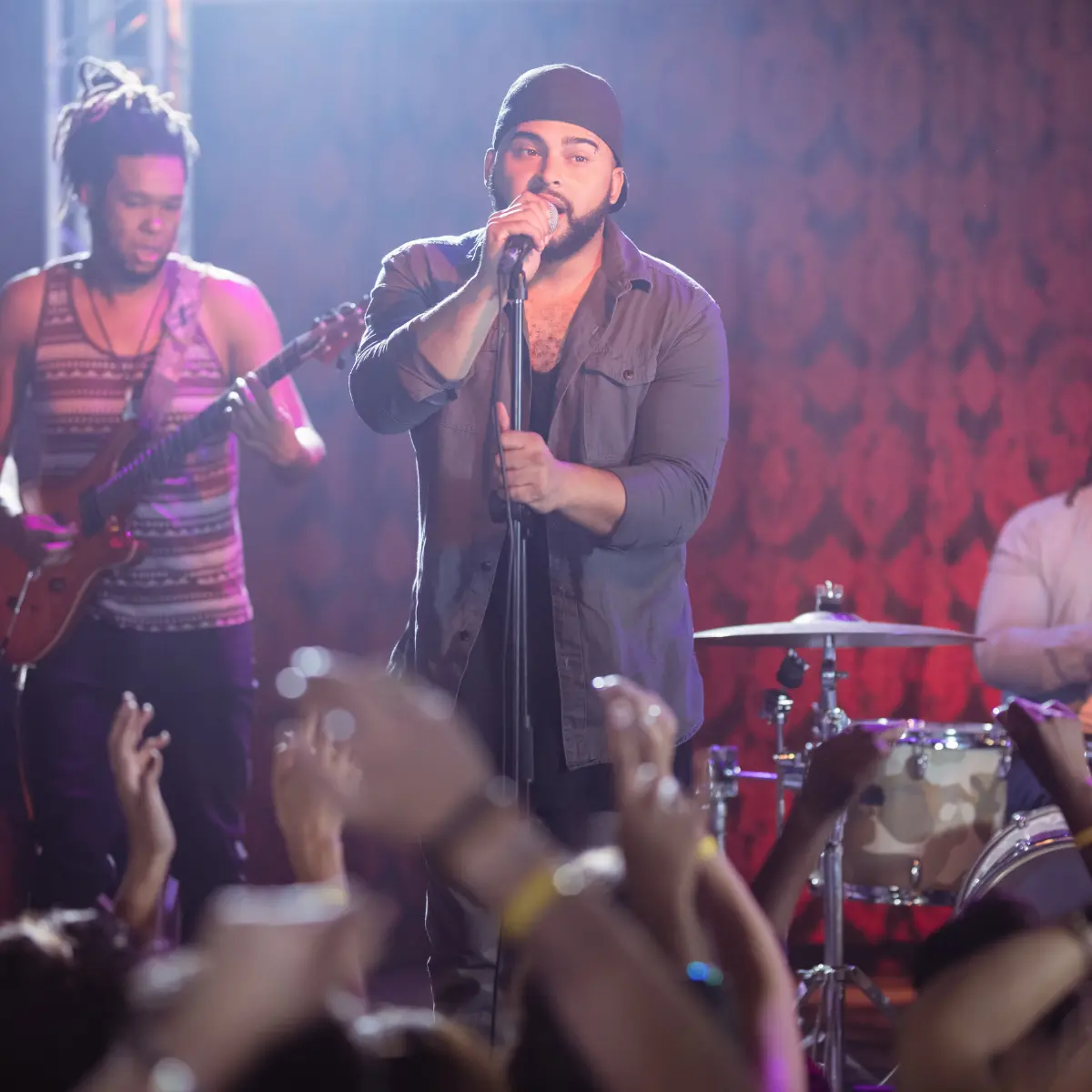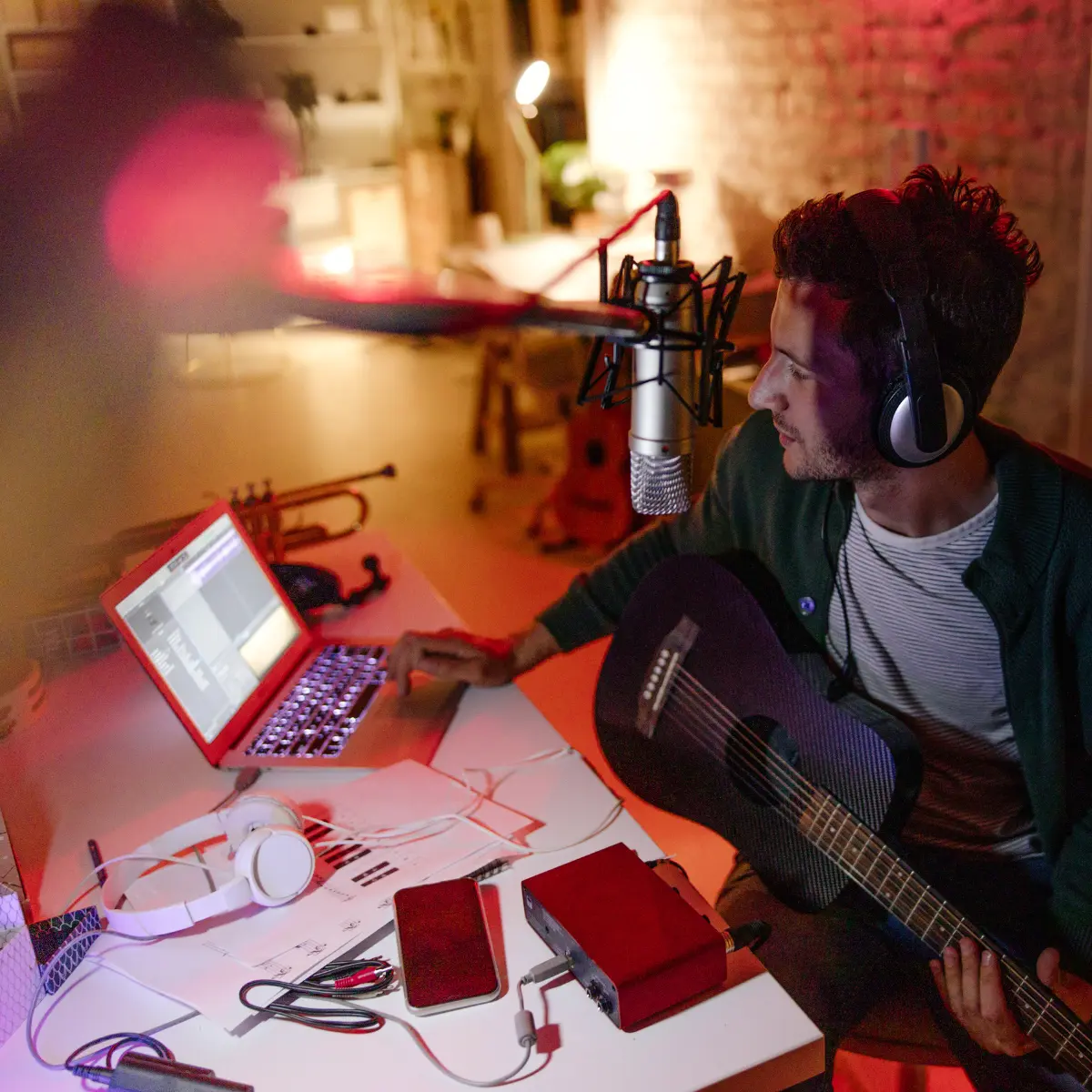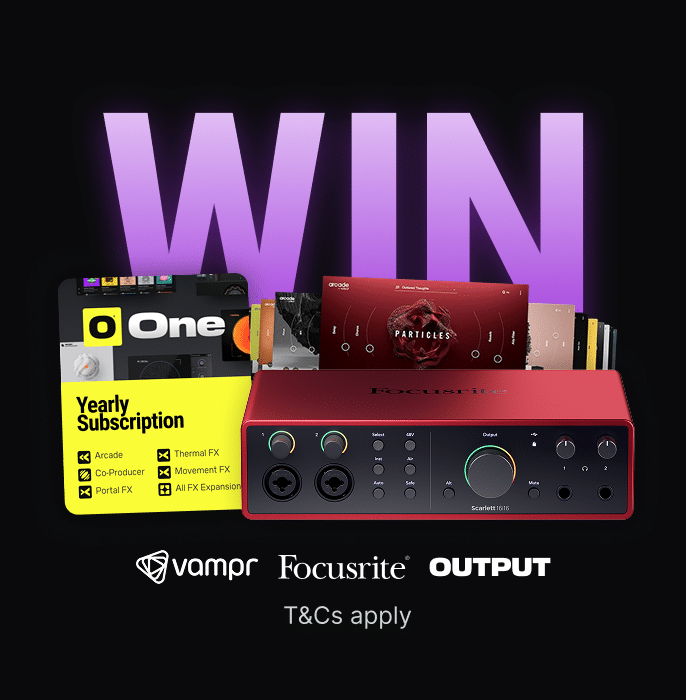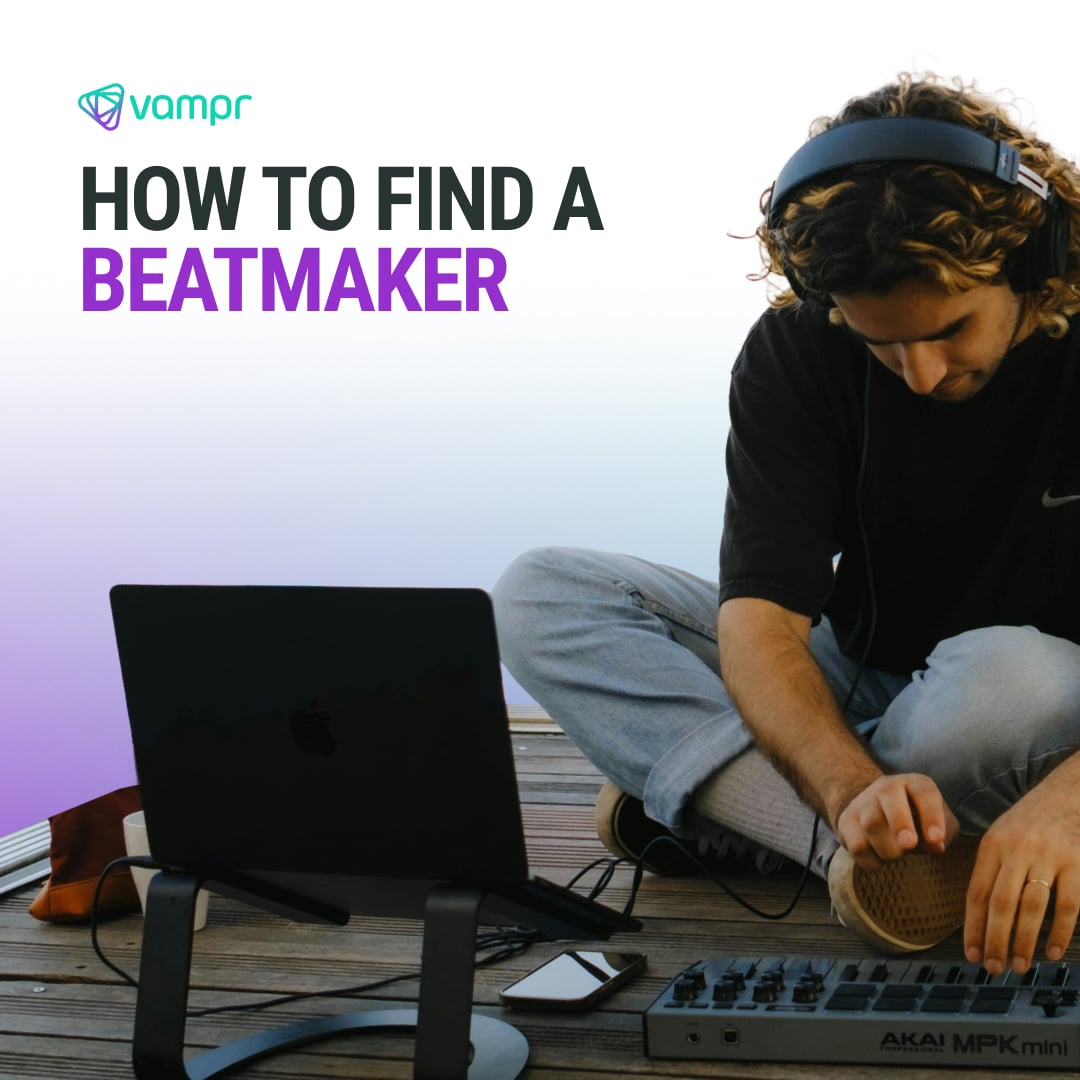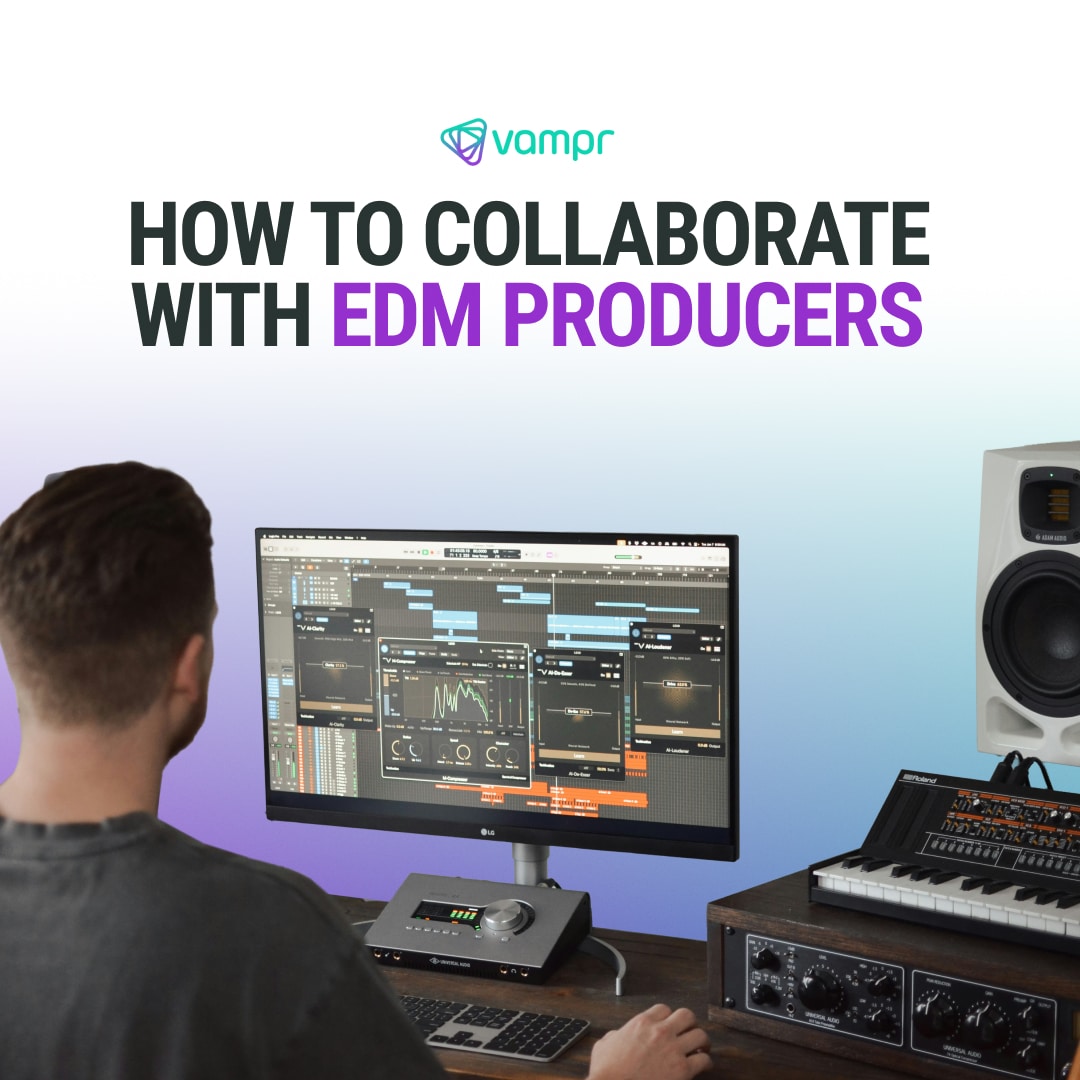Visual branding for musicians is not just an add-on to their music; it’s a crucial part of their overall identity. A cohesive aesthetic does more than make you look good—it tells your story, communicates your values, and sets you apart from the crowd. Imagine going to a concert or scrolling through a streaming service and instantly recognizing an artist just by their visual style. That’s the power of a strong visual identity. It creates a memorable image in the minds of your audience, making it easier for them to remember and connect with you. This connection is vital, as it can transform casual listeners into loyal fans.
Foundations of Effective Visual Branding for Musicians
Key Components
At the heart of effective visual branding for music artists are the key components that make up a visual brand identity. These elements include your logo, color scheme, typography, and imagery. Each component must be chosen carefully to reflect the essence of your music and personality. For example, a vibrant and bold color scheme might suit an energetic pop artist, while a more subdued palette could be perfect for a folk singer. The logo serves as the face of your brand, often being the first visual element that fans recognize, so it must be memorable and distinctive. Typography, though sometimes overlooked, plays a crucial role in conveying the mood and style of the artist. Lastly, imagery, whether it’s album covers, promotional materials, or social media content, should tell a consistent story that resonates with your audience.
Aligning Visual Elements with Musical Style
This alignment ensures that your audience gets a consistent message about who you are as an artist. For instance, a classical musician might opt for elegant and sophisticated visuals, while a rock band could go for a more rugged and raw aesthetic. This doesn’t mean that you should box yourself into stereotypes based on your genre, but rather find creative ways to visually communicate the essence of your music. Think about how your visuals can complement your sound, creating a holistic brand experience that enhances your music’s appeal.
Incorporating Thematic Imagery
Thematic imagery is a powerful tool in visual storytelling for music artists. It involves using visuals that align with the themes, stories, and emotions present in your music. This could mean adopting a recurring motif in your album artwork, using specific symbols in your promotional materials, or even the way you present yourself in photoshoots. Thematic imagery helps to build a narrative around your brand, making your music more memorable and engaging. By consistently incorporating imagery that resonates with your music’s themes, you can deepen your audience’s connection to your work, making your brand more distinctive and impactful.
Best Practices in Designing Visual Branding for Musicians
Ensuring Consistency
One of the most critical steps in visual branding techniques in music is ensuring consistency across all platforms. Whether it’s your website, social media profiles, album covers, or merchandising, every touchpoint should reflect a unified visual identity. This uniformity makes your brand more professional and trustworthy. Here’s how to achieve this consistency:
- Use a Style Guide: As mentioned previously, developing a comprehensive style guide is the cornerstone of maintaining brand consistency. By having a documented set of guidelines, you ensure that anyone working on your branding, whether they are graphic designers, content creators, or social media managers, adheres to the same standards. This not only streamlines the content creation process but also ensures that all your branded materials, across every touchpoint, reflect a cohesive identity.
- Monitor Your Brand’s Implementation: It’s one thing to set standards, but another to ensure they are consistently applied. Regular monitoring of your brand’s implementation across various channels is essential. This process involves checking your branded materials for color accuracy, proper logo usage, and ensuring the overall vibe and messaging align with your style guide. Periodic reviews can help identify any discrepancies or areas for improvement, allowing you to maintain a strong and consistent brand presence.
- Adapt but Stay True: The digital landscape is diverse, with each platform offering unique formats and audience expectations. While it’s necessary to adapt your visuals to fit these different environments—for example, adjusting your logo’s size or layout for social media profiles, email signatures, or website headers—the core elements of your brand identity should remain unmistakably consistent. This means that even when making platform-specific adjustments, your brand’s essence and visual identity should be easily recognizable. Balancing this adaptability with fidelity to your brand’s core identity is crucial for maintaining a coherent and strong brand presence across all platforms.
By implementing these strategies, brands can ensure a consistent and recognizable presence across all digital and physical platforms. This consistency reinforces your brand’s identity, making it easier for your audience to identify and connect with your brand on a deeper level. A well-maintained and coherent brand strategy not only elevates your professional image but also significantly contributes to building long-term loyalty among your audience.
Adaptation of Branding Techniques
Traditional branding strategies might not always work in the context of music. Instead, innovative visual branding for musicians requires a blend of industry-specific insights and creative experimentation. This might involve using album releases as opportunities to refresh your brand, collaborating with visual artists who align with your music’s vibe, or exploring emerging platforms to connect with fans visually. In a saturated market, using innovative techniques is crucial for the best visual branding for musicians.
Strategies for Developing a Visual Branding Strategy
Crafting a Brand Story
A compelling brand story is at the core of creating a visual identity for artists. Crafting such a story requires introspection and creativity, transforming personal experiences and artistic visions into a narrative that connects with your audience on an emotional level. Here’s how to develop a brand story that truly reflects your identity:
- Identify Your Core Values: The foundation of a genuine brand story is a clear understanding of your core values. These are the principles and beliefs that shape your music and your actions. Begin by introspecting on what matters most to you in your artistic journey and why you create music in the first place. These values could range from a commitment to authenticity, a desire to inspire change or a dedication to a particular emotional or musical exploration. Ensuring that these values are articulated and evident in your story will help your audience understand the deeper purpose behind your work, fostering a stronger connection based on shared beliefs and ideals.
- Highlight Your Journey: Every artist has a unique path that has led them to where they are today. Sharing your journey, including the obstacles you’ve faced, the victories you’ve celebrated, and the lessons you’ve learned along the way, adds a rich layer of relatability to your brand. This narrative should delve into the pivotal moments of your career, personal transformations, and significant achievements that have shaped your identity as an artist. By opening up about these experiences, you invite your audience to see the person behind the music, fostering a sense of intimacy and understanding.
- Incorporate Your Inspirations: Your musical influences and inspirations are integral to your artistic identity. Discussing the artists, genres, and experiences that have shaped your musical style and philosophy adds depth to your brand story. This aspect of your story not only pays homage to your roots but also offers your audience insights into your creative process. Whether it’s the classical composers who first sparked your love for music, the rock bands that influenced your sound, or the personal experiences that fuel your lyrics, sharing these inspirations helps your audience appreciate the breadth of your artistic vision.
By meticulously weaving these elements together, you can craft a brand story that authentically reflects your identity as an artist. This narrative is not just about marketing; it’s a way to establish a genuine connection with your audience, inviting them to be part of your musical journey. A compelling visual storytelling for music artists can inspire enthusiasm and a deep sense of community among your fans.
Identifying the Target Audience
Understanding your target audience is crucial in tailoring your visual branding to appeal directly to the people most likely to enjoy your music. This involves researching demographic details such as age, gender, interests, and even the social media platforms they frequent. By aligning your visual branding with the preferences and values of your target audience, you can ensure that your visuals strike a chord with the right people. On the other hand, setting clear, measurable objectives is essential for tracking the success of your visual branding efforts. Whether it’s increasing social media engagement, boosting merchandise sales, or growing your fanbase, having specific goals allows you to evaluate the effectiveness of your visual branding strategies for musicians and make informed adjustments as needed.
Implementing Your Visual Branding
Actionable Branding Tips
To make the most of your visual branding, start by integrating your brand identity into every aspect of your artist profile, from social media pages to your official website, and even your stage design. This integration helps to create a unified brand experience that fans will recognize and appreciate wherever they encounter your music. Additionally, ensure that your branding is flexible enough to evolve with your music. As your musical direction changes or grows, branding tips for music artists should adapt to reflect these developments, keeping your image fresh and aligned with your current sound.
Tools and Resources for Visual Brand Development
A lot of design software offers extensive capabilities for creating custom logos, album art, and promotional materials. For those with limited design experience, some platforms provide user-friendly templates and tools tailored to music artists, making it easier to produce professional-looking designs. Furthermore, online resources and tutorials can offer valuable guidance on the principles of design essentials for music branding, helping artists refine their visual identity.
Feedback and Iteration
Engage with your fans through social media polls, surveys, or direct conversations to gather their thoughts on your visual branding. This feedback is invaluable for iterating and refining your brand identity, ensuring that it remains impactful and relevant to your audience. Remember, visual branding is not a set-and-forget element of your career; it’s a dynamic aspect of your artist persona that should evolve alongside your music and fanbase.
Beyond Aesthetics: The Broader Impact of Visual Branding
Differentiating Yourself
In the highly competitive music industry, establishing a unique visual brand is crucial for differentiation. A strong visual identity can set an artist apart from their peers, making their music and brand more recognizable and appealing to potential fans. By employing distinctive visual branding techniques, artists can carve out a niche for themselves, even in genres saturated with talent. This uniqueness not only aids in attracting attention in the digital age but also in building a distinct place for oneself in the broader cultural landscape.
Enhancing Marketability and Fan Retention
Effective visual branding enhances an artist’s marketability, opening up opportunities for merchandise sales, brand partnerships, and more. A visually appealing and cohesive brand can transform casual listeners into loyal fans, who are more likely to support the artist through concert tickets, merchandise purchases, and streaming. Furthermore, strong branding contributes to fan retention by keeping the audience engaged and invested in the artist’s journey.
In the world of music, where sounds and visuals blend seamlessly to create unforgettable experiences, the power of visual branding is undeniable. It’s an art form that requires creativity, strategic thinking, and a deep understanding of the artist’s identity and audience. As we move forward, the importance of visual branding in music is only set to increase, making it an exciting time for artists to explore and express their unique visual narratives.

